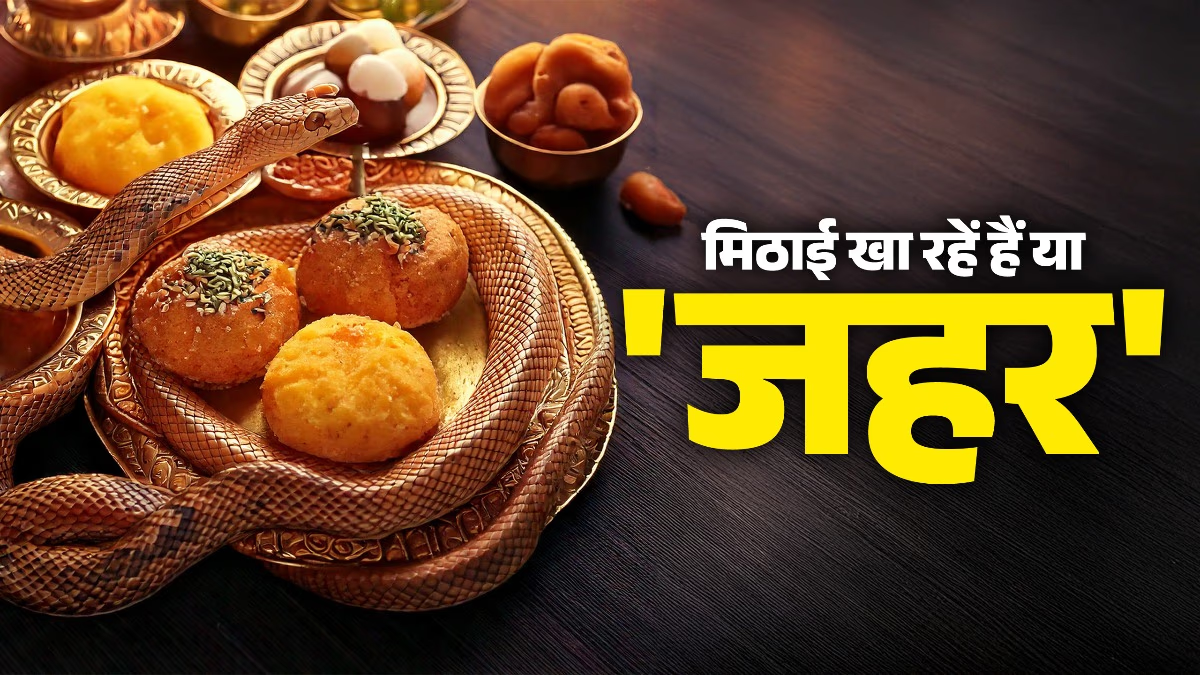Sweets are an integral part of celebrating every festival in India. As the festive season arrives, the demand for sweets sky rockets. Markets showcase a plethora of sweets that look and taste delightful. However, during this festival season, questions about the hygiene and purity of sweets arise because news frequently reports adulteration in ghee, mawa, and dairy products.To extend the shelf life of sweets, chemicals are added, and in some cases, oils are mixed in. It's essential for everyone to learn how to identify adulterated sweets. Let's discuss how to spot adulterated sweets and the potential risks if consumed.
What Type of Adulteration Occurs in Mawa?
Assistant Commissioner (Grade II) Sarvesh Mishra from the Food Safety and Drug Administration in Gautam Buddha Nagar (Noida) shared with Aajtak.in, 'Look, adulteration and making sweets in unsanitary conditions are both hazardous to our health. If sweets are made in dirty places, lack cleanliness, or emit a bad smell, these are noticeable cues. However, profit-driven merchants are engaging in two prominent forms of adulteration that we've detected.'
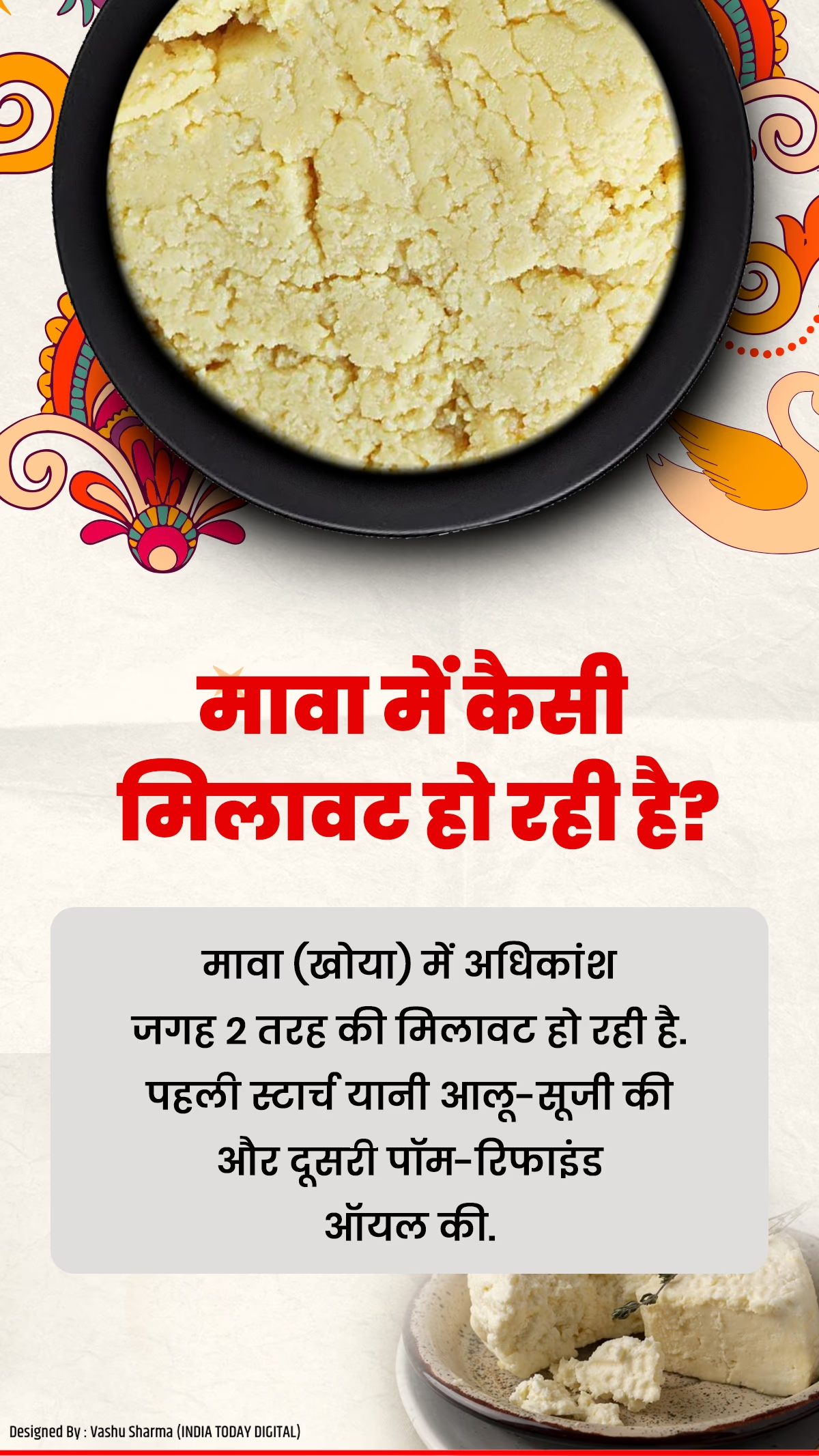
Source: aajtak
'The most common adulteration today is in mawa (khoya). Recently, 100 kilos of adulterated mawa was seized in Greater Noida's Sirsa, and 400 kilos worth 88,000 INR were confiscated while being transported from Meerut to the Chapola Temple in Ghaziabad. Mawa might be adulterated in two ways. First is with starch, like potatoes or semolina, easily detectable. To inspect purity, you can use an iodine solution. A drop of iodine will turn adulterated mawa black or blue.'
'Another adulteration involves extracting milk fat to create ghee, benefiting from both mawa and ghee. The extracted milk fat is replaced with refined, soybean, or vegetable oils, which are relatively cheap.'
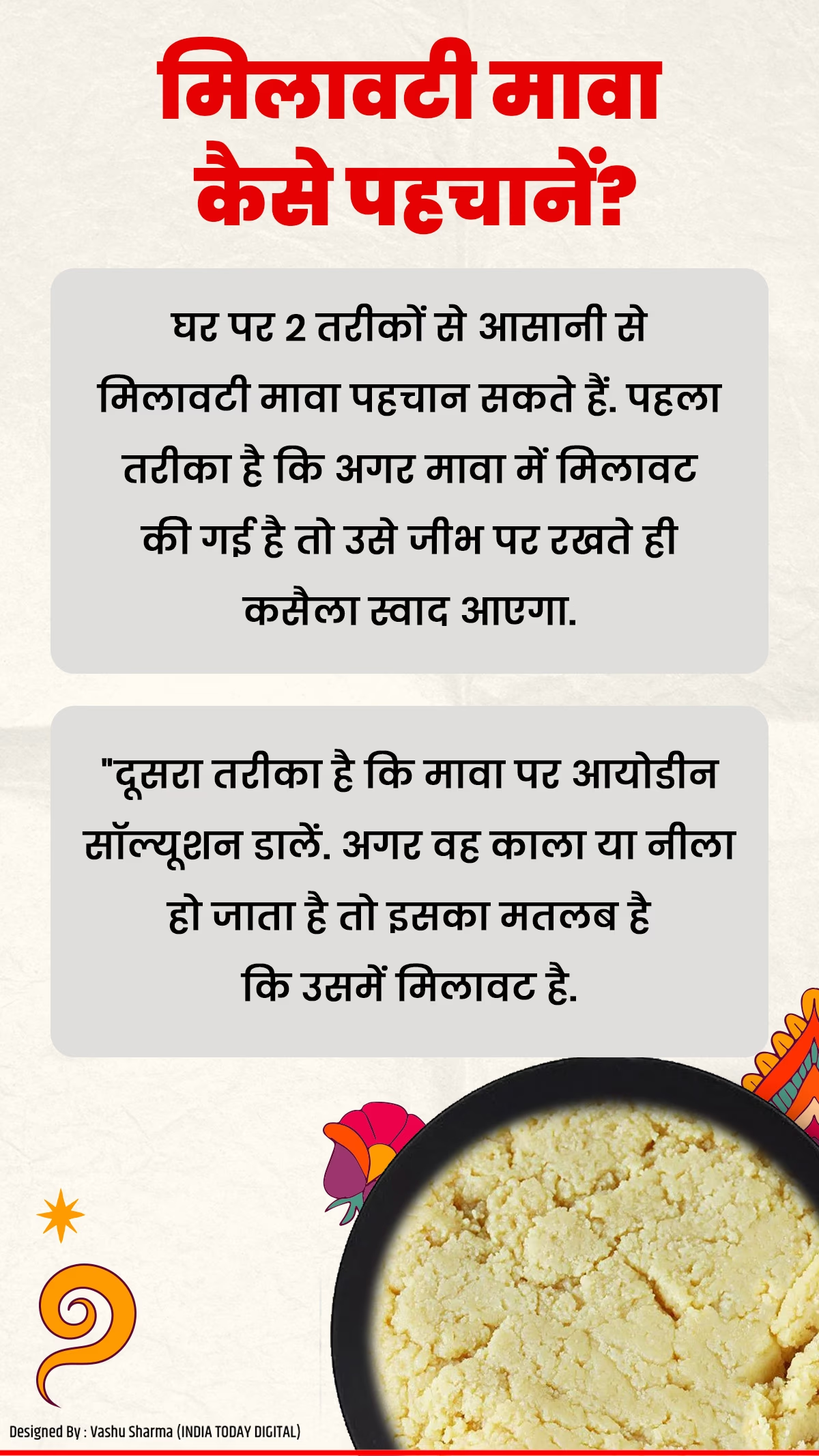
Source: aajtak
'To check purity, place a sample on your tongue. Milk should taste slightly sweet; refined, soybean, or vegetable oils impart a tangy bitterness.'
'When you make mawa from milk, only about 100 grams comes from a kilo of milk. If these oils are used, there's significantly more mawa.'
Adulterating Paneer with Shampoo and Oil
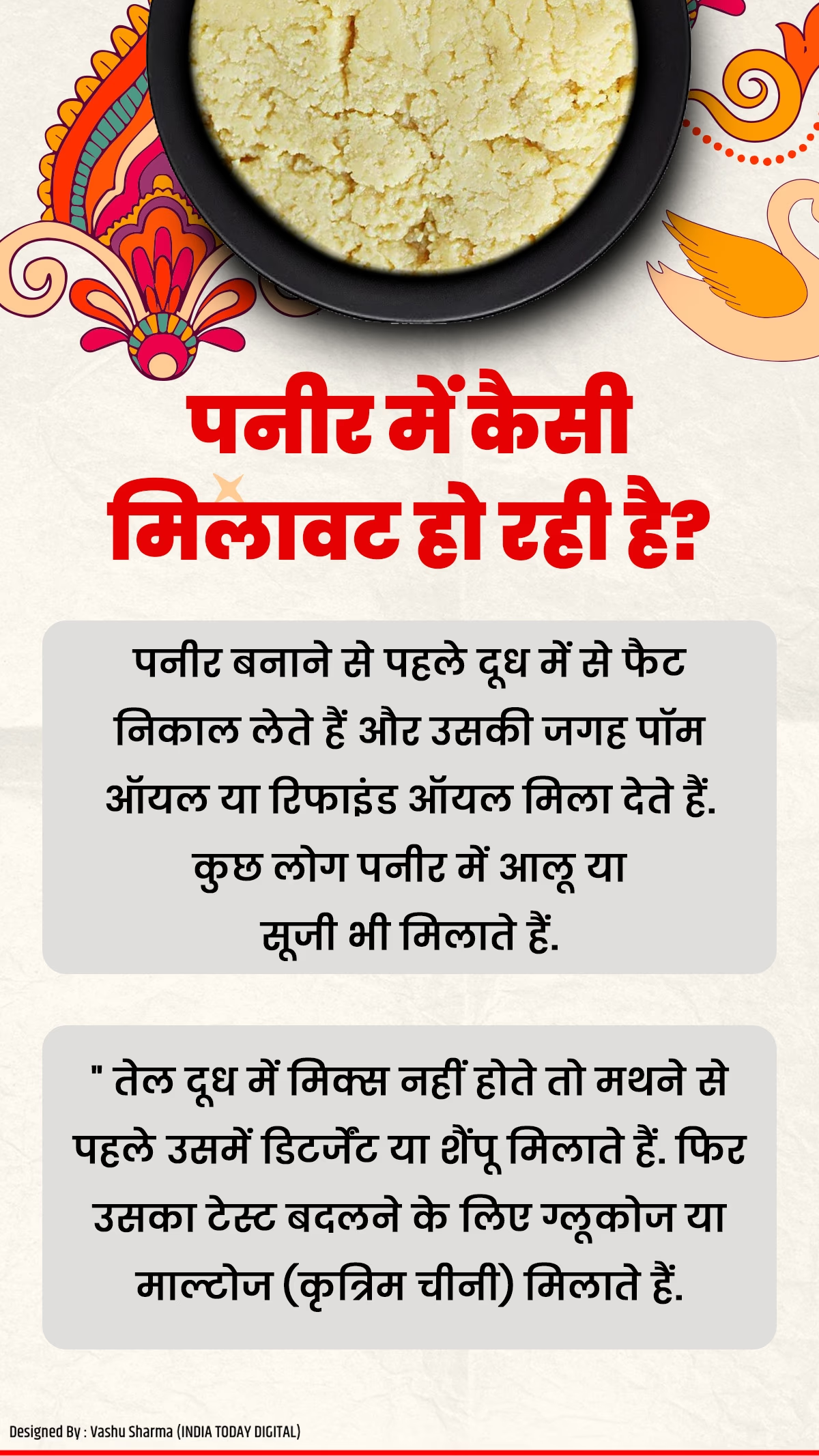
Source: aajtak
According to Sarvesh Mishra, 'We've noticed a substantial amount of adulterated paneer on the market. It looks like paneer but lacks its properties. Like mawa, two adulterations occur: removing fat and adding refined oil for slickness, or introducing starch.'
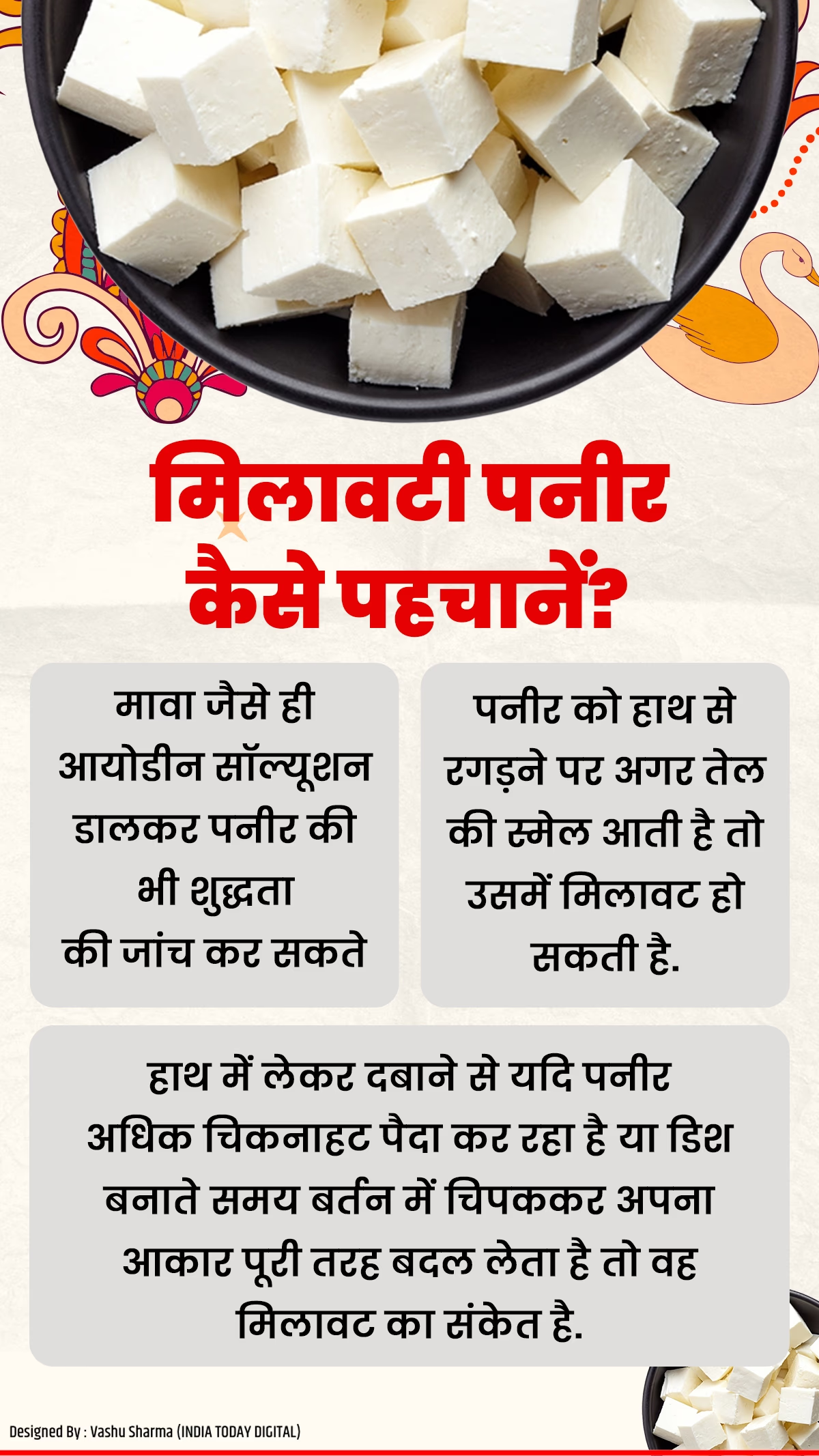
Source: aajtak
'If vegetable oil is added to milk, it will float. To mix oil in milk, they emulsify by churning, which only works with detergent or shampoo. Without detergent, proper emulsification is impossible.'
'To mask detergent odors in paneer, liquid glucose or maltose is mixed, imparting a sweet, milky taste, making it hard to discern for an average consumer.'
'Raw paneer is rarely eaten, but its taste can signal adulteration. Tongue bitterness and an iodine solution can verify purity.'
Precautions When Buying Sweets
Sarvesh Mishra advises, 'You can judge contaminated sweets by their hygiene, smell, or taste. Avoid brightly colored sweets, as excessive use of food coloring, even though legal, can harm health. A safe limit is one gram per kilo of sweets. If sweets are in stores, you can't judge hygiene; buy from reputable shops known for cleanliness.'
'To check if silver leaf on sweets is pure, place it on your hand and rub with your thumb. Pure silver leaf will vanish, while aluminum foil forms a ball. Silver can be made endlessly thin, so if genuine, it vanishes, while aluminum retains shape.'
'Son papdi is popular during Diwali, often claimed to be made with ghee. Mixed with vegetable oil, its essence might smell different from the minimal taste change. When you open a box of son papdi, the smell reveals if vegetable oil is present.'
'For packaged sweets, examine labeling. Some brands sell unregistered low-quality sweets, so always check for Food Safety and Standards Authority of India (FSSAI) marking on packaged items.'
Problems from Consuming Adulterated Sweets
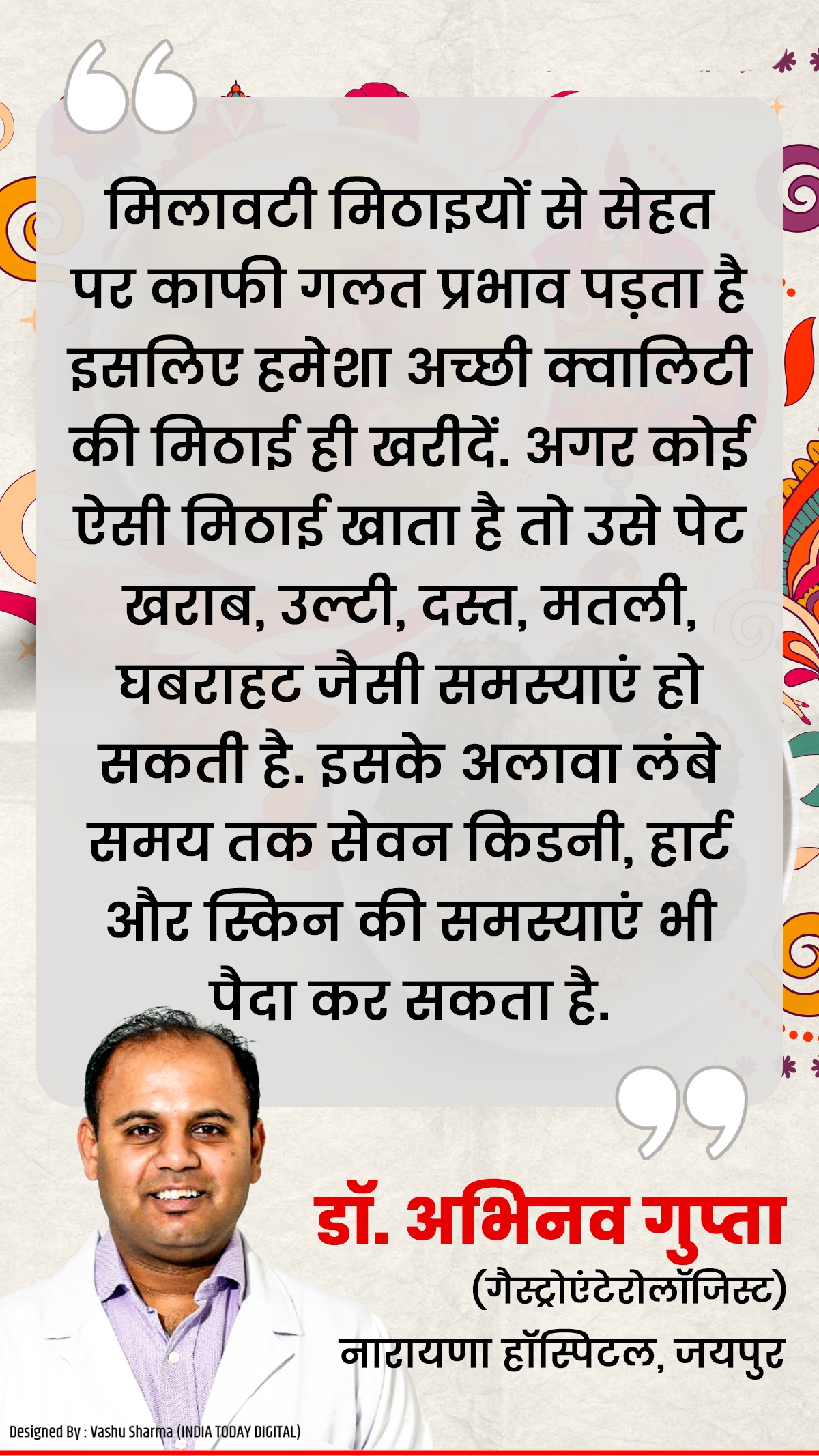
Source: aajtak
Dr. Abhinav Gupta, a gastroenterologist at Narayana Hospital in Jaipur, shared the side effects of consuming adulterated sweets with Aajtak.in, 'Sweets primarily affect the stomach and kidneys. Initially, it causes stomach pain, diarrhea, nausea, and dizziness. Ongoing indigestion or long-term consumption of fake sweets increases the risk of kidney stones.'
'Adulterated sweets affect the liver and heart due to poor oil quality, raising cholesterol and potential health challenges.'
'Besides detergents, preservatives, excess oil, and palm oil essence are added to sweets and paneer. While they keep products fresh, they increase toxicity.'
'Food colorants, used excessively, might cause skin allergies or throat issues. Eating adulterated sweets or paneer can result in pain, vomiting, and diarrhea. Seek medical advice and disclose consumed items if symptoms occur.'
'In conclusion, drink plenty of water to help flush toxins from the body.'
